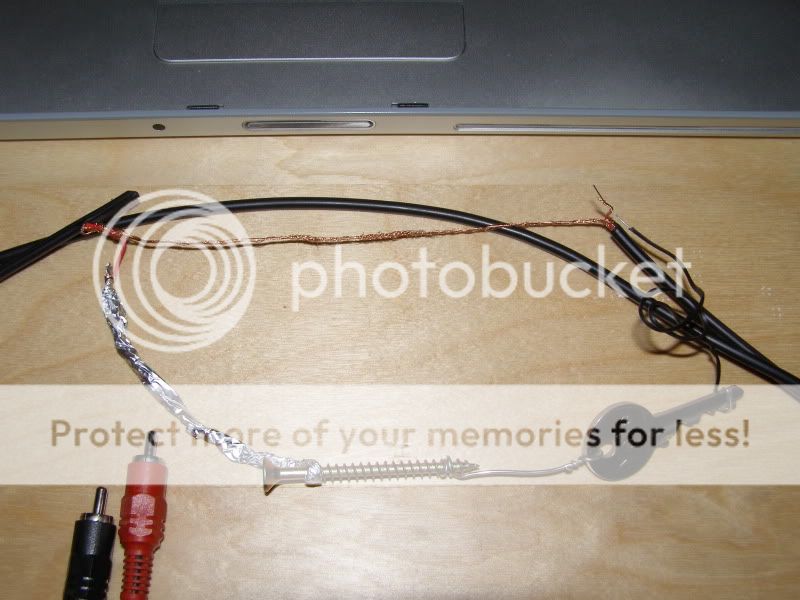Not being one to beat around the bush, but frankly Robert you're talking bollocks. Do you only listen to your hifi after midnight when everyone is in bed and there's no cars moving within ten miles of your house?
Do you ask them to turn the air-con off at your local concert venue?
No of course not.
The microphones picked up exactly what was to be heard in the room, there was no obvious noise from outside, in fact at no point with music on or off was I ever aware of any external noise. The loudest thing in the room is the fan in Steven's pre-amp which hugely drowns out anything that might be going on inaudibly outside.
Your argument makes no sense Simon.
To answer your points in order:
- How we listen is beside the point, but listening for enjoyment as opposed to performing a test to isolate a particular effect impose quite different demands. You are trying to show that mains effects are altering the sound of the system. To do that with any degree of reliability you must present both recordings such that the only difference is the mains effect. You have not done so and that is unarguable. You have stated that no difference was heard in the room at the time, so we assume what you were trying to hear was at best, very subtle.
- Low level background noise is rarely obvious. The figures I gave earlier were in what appeared to be a silent room. You'd expect a static SPL under such conditions, not a 17dB difference. Given that you were listening in the room at the time of the recording, you'd not have noticed low level background noise but your mic will have recorded it. Its called masking.
- The files you've recorded show a difference. Being equally blunt, you've left one massive variable in play that means no meaningful result can be taken from your test. You've introduced more questions than you've answered.
To A/B in a room, live and ideally blind, you would normally make many comparisons and not rely on one alone. This minimises the chance of spurious noise influencing the overall outcome. Here we are asked to rely on only one A/B pass, which is fine if there is no room effect, ie you used line.
I'm frankly astonished you didn't take a line out.
Despite all of that, this is very useful.
It would at least appear to support the view that digital recorders, even when hampered by a live acoustic and a (built in?) mic can capture small differences from wherever they come. Thats progress in my book.


